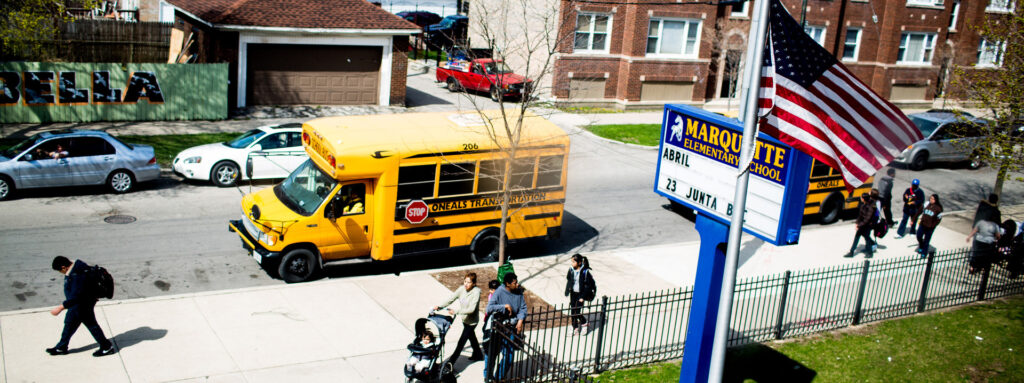Like kids in Philadelphia and Los Angeles, high school students in a district in my city will soon be required to take a half-year course on African-American Studies, Caribbean/Latin-American Studies, or Perspectives on Race in order to graduate. Though I attend the Achievement First charter high school in New Haven and they aren’t offering the course, this type of change toward more culturally inclusive content is really important to me—especially considering the lack of teachers who look like me.
In middle school, I took two years of United States History. I can't say that we were genuinely talking about African-American history; we weren't. We started learning the history of Black Americans with slavery, and nothing about life before then. We did study the Civil Rights Movement and fighting against injustices—but we didn’t have the opportunity to learn about how those injustices came to be. The curriculum covered how horrible slavery was and how we moved past it, but completely erased the culture piece; how our culture—before we were forced to come to this country—informs who we are today, and how this contrasts with the white American experience. As empowering as it can be to learn about the history of my people, it can also be dehumanizing if not done correctly.
The step toward more culturally relevant content in my city’s high schools was not immune to controversy. The text originally selected for the African-American Studies course, “The African Americans: Many Rivers to Cross,” was heavily criticized by members of my community because, like my experience in history class, its tale of African-American culture began with slavery. Our story does not start there. If the goal is to empower our children of color and educate us about where we come from, why are we painting a narrative of bondage and discrimination?
I remember when the movie “Black Panther” came out, kids were obsessed with it. I think it’s because we were shown a history of who we are that captures the strength and richness of our culture. And if we can build that same sort of idea into the curriculum from kindergarten (and feel empowered based on history, not just fiction), I know kids like me will feel more able to take charge over our educations and our lives.
But instead, we learn that the history of “civilization” starts with white people, and the history of African-Americans starts with slavery. We learn about what white people have achieved, how their culture came to be, but we don’t get to learn about ourselves. So, white kids get to see their culture as normal, something to be proud of, something to strive for—but there’s no parallel for Black kids.
It’s just as important that we have stories that represent us as it is we have teachers that represent us. In the United States, 26.6 million of the 50.7 million students enrolled in public K-12 schools are kids of color. Of the teachers that serve us, 80 percent are white. This means students in diverse communities like mine are more than likely to have a white teacher in front of them, who may not even be from their community.
In elementary school, I saw very few teachers of color. Transitioning into middle school, one of my school’s priorities was having teachers of color, who lived the same experience we did. Going to a school that consistently put effort into hiring and retaining teachers of color and inspiring students to embrace their identity—as shown through the pictures of African-American leaders and posters from Historically Black Colleges and Universities (HBCUs) lining the hallways—made me feel more confident about who I was, and who I wanted to become. Because I had what many kids around the country who look like me didn’t have, this experience felt like a privilege, although it’s really our right.
Here in my hometown, the school district worked to rid the African-American Studies curriculum of its Eurocentric leanings. A new textbook called “From Slavery to Freedom” was selected. Though not enough to satisfy my community and me, as it still begins with slavery, this book will make its way into students’ hands starting with the class of 2022. Is this still a victory?
Our school and district leaders need to do better. In my home state of Connecticut, where we have one of the country’s largest achievement gaps, 42 percent of students are labeled as “minority,” while only 8 percent of teachers are people of color. But it’s about more than teachers—because even if they are mostly white, the materials we use in school can provide us with role models of color. Furthermore, white kids benefit from learning about other cultures, too. Systemic change begins in the classroom. When students have access to stories and role models that represent us, we see the narrative that society paints for us does not have to become our reality.
Read more about students' experiences in school in The Opportunity Myth—then take the first step by requesting your own free action guide featuring tools and advice to help more students in your community have worthwhile experiences in school.





